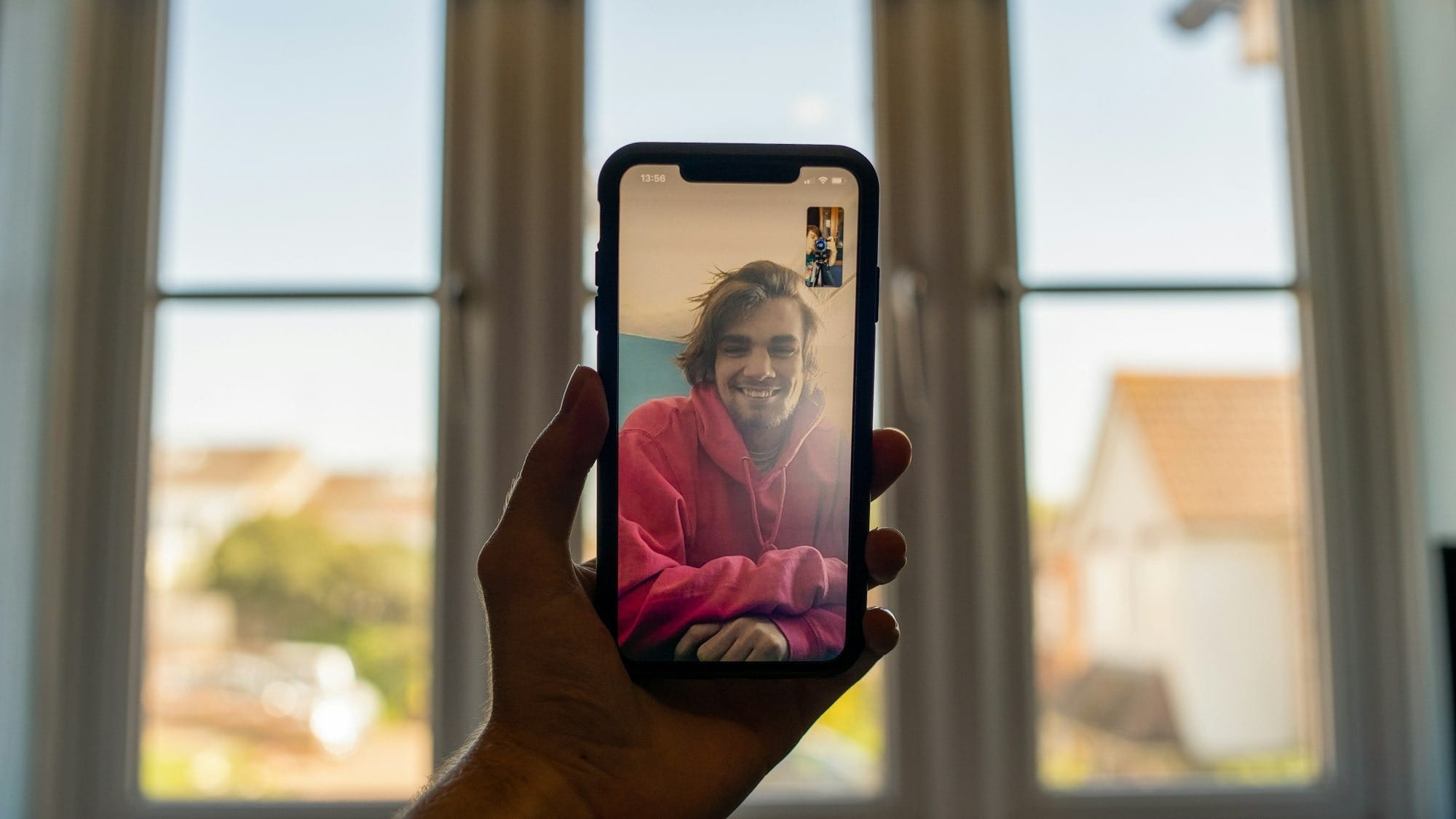AT&T and Verizon complete the first satellite video call
This could make satellite connectivity a more mainstream alternative in the U.S.

Last year, SpaceX and T-Mobile made headlines as they became the first to get approval from the U.S. Federal Communications Commission (FCC) for their Direct-to-Cell (DTC) service.
It had a lot of potential, but when the beta launched, it came with some pretty big limitations. Users couldn't make calls or send videos or even pictures, all they could do was send text messages.
Now, it looks like their biggest competitors, AT&T and Verizon, are stepping in to capitalize on those weaknesses.
Despite SpaceX's head start, AT&T and Verizon, in partnership with AST SpaceMobile, just announced that they’ve successfully completed the first video call using cellphone-to-satellite technology with their commercial-grade satellites. In the test, one phone connected directly to an AST SpaceMobile satellite in orbit while the other phone stayed on AT&T and Verizon’s regular ground-based network, just like any normal call and both reportedly connected seamlessly.
This comes nearly two years after AT&T’s first successful video call test with AST SpaceMobile back in June 2023. It also marks a huge step forward for satellite communications, proving that users may soon be able to stay connected without relying solely on traditional cell towers.
And with that progress, AT&T and Verizon may already have an edge over T-Mobile’s current beta, which is still limited to texting. Their successful video call suggests their network could offer faster speeds and lower latency once it officially launches.
This difference likely comes down to the technology behind them. T-Mobile’s service relies on upgraded Starlink satellites, which are live but have limited functionality, while AST SpaceMobile’s BlueBird satellites are designed for full broadband but are still in testing.
If this technology goes live, cell-to-satellite connections could become more than just an emergency backup—they could be a mainstream alternative, even in cities, for AT&T and Verizon’s combined 262.1 million subscribers. That could shake things up for traditional cell towers in a big way. But for now, though, we haven't been given a specific date on when they'll arrive.
With AST SpaceMobile making rapid progress and AT&T and Verizon investing heavily, the competition in satellite-to-cellular connectivity is heating up. While SpaceX and T-Mobile set the stage, their rivals are proving that true broadband from space might be closer than we think.








